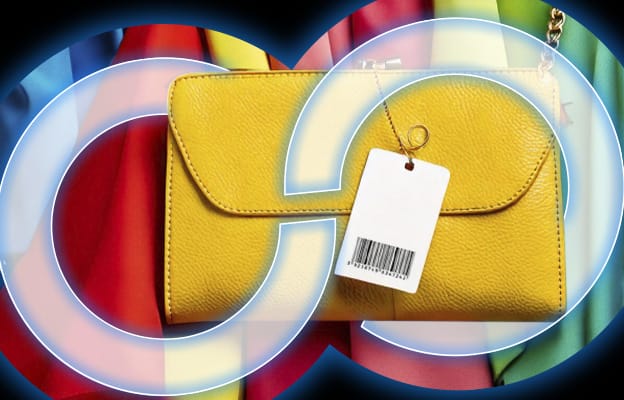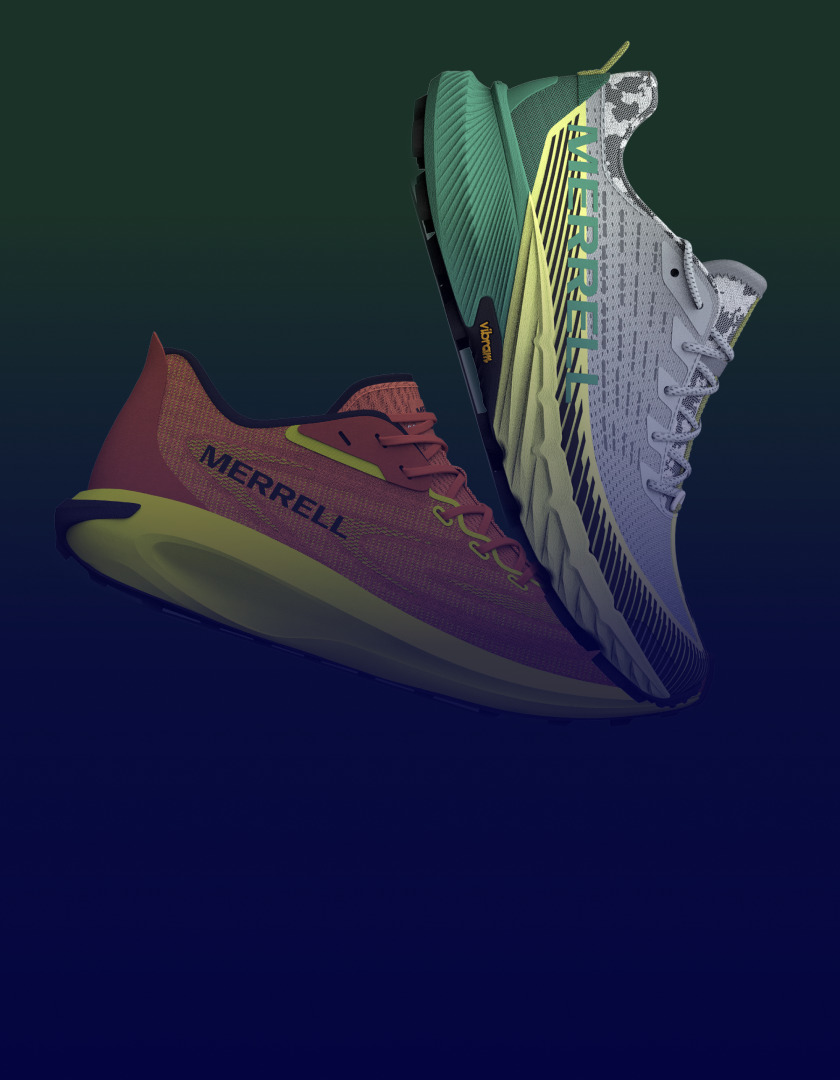Why Retail Leaders are Betting on Fewer SKUs

In this climate of market uncertainty, stock keeping unit (SKU) rationalization takes on a more important role than ever. Companies need to evaluate every product in a portfolio to decide whether to keep, modify or discontinue it to optimize assortments, resulting in better performance, customer satisfaction and overall efficiency. Systematically reviewing product performance, profitability, market demand and operational efficiency eliminates underperforming products while focusing resources on high-value items.
The goal is to streamline the product assortment to reduce complexity, cut costs and improve overall profitability without significantly impacting revenue or customer satisfaction. Typically, it involves identifying slow-moving inventory, duplicate products, low-margin items and SKUs that create operational inefficiencies.
Understanding the multiple parts that make up SKU rationalization goes a long way toward effectively managing the process for the best outcomes.
Optimize product assortment
Attribute-level analysis evaluates products based on specific characteristics such as color, size, style, material and packaging. By understanding which attributes drive customer preference and sales, retailers can keep top-performing items in stock, refine assortments and develop new products that better meet shopper needs.
The benefits of SKU rationalization for omnichannel retailers
Brands can no longer focus on a singular channel for their sales. 73% of retail shoppers are omni-channel consumers, combining a hybrid of both in-store and online shopping methods for everything from browsing to price comparison to checking-out.
Retailers today are challenged with keeping inventory aligned across multiple platforms, resulting in greater data complexity which needs to be effectively analyzed and digested into actionable next steps. How does SKU rationalization directly impact the bottom line for omnichannel retailers? In a number of ways:
Increased profitability
SKU rationalization increases profitability. By identifying and eliminating SKUs that erode margin, retailers can reallocate resources to address gaps in their product portfolios. This strategic approach ensures a more profitable and efficient product assortment.
Availability
Leading consumer research company Nielsen IQ (NIQ) reports that US consumers make purchasing decisions based on three factors: availability, quality and price. Of those, 90% of women and 87% of men named availability as a top consideration before purchasing online.
Related to availability, accurate SKU rationalization is key to inventory management and optimizing shelf space, leading to enhanced sell-through rates and reduced warehousing costs. It ensures more accurate buying decisions and stock level management, crucial for maintaining product availability across all channels.
Improved customer satisfaction
Whether it’s to try on a pair of shoes, compare the shade of a lipstick or read the ingredient label, consumers still want to shop in-person. And when they do, it is important that retailers have the items in stock, especially after seeing them online, since frustration can quickly follow when these expectations are not met. Shoppers interact with brands across an average of six touchpoints during their purchase journey and they are 90% more likely to buy from retailers with an omnichannel marketing strategy.
In the increasingly competitive retail landscape, consumers want the right products delivered ASAP. SKU rationalization ensures that retailers offer merchandise that truly meets customer wants and preferences. This, in turn, enhances customer satisfaction and loyalty.
Challenges of SKU rationalization
Despite its benefits, SKU rationalization is often a manual and complex process that demands the right data and a structured approach for meaningful results. Without the right tools, teams face several common challenges, including:
Enormous amounts of data to analyze
Retailers are inundated with data from various sources including sales, customer behavior and market trends. Managing these vast amounts of information effectively is a key starting point for effective SKU rationalization. The data needs to be accurate and readily available, yet many retailers find themselves struggling with a plethora of spreadsheets, databases and nuanced reporting methods across brands and channels. This results in a huge challenge to roll up that information into insights.
Reliability is another issue. Decision-making is hindered without: clean, accurate data, standardized data management and consistent formatting across channels, brands and markets.
Inventory management
Data used for SKU rationalization is critical for effective assortment planning. Any discrepancies or errors result in ill-informed decisions, thus leading to costly overstocking or, even worse, out-of-stocks. Accurate inventory data is necessary to maintain the right balance of product availability and minimize excess stock.
Stockouts and cannibalization
Removing products from the assortment without a thorough understanding of their influence on sales can lead to unintended negative consequences like popular items facing stockouts, resulting in frustrated customers and lost sales. Moreover, the remaining products in the assortment may cannibalize each other’s sales, resulting in an overall decrease in revenue. SKU rationalization is essential for optimizing assortments, especially for retailers seeking to localize or segment their assortments at a granular level.
Vendor relationships
Because SKU rationalization often involves reducing the number of products offered, it can catch suppliers and manufacturers off-guard. Open communication—like informing them that it may increase the volume of the SKUs that are left—paves the way for smooth transitions and maintains positive partnerships.
Brand loyalty
Customers develop loyalty to specific brands or product variants over time. When these items are discontinued as a part of SKU rationalization, there lies a risk of losing loyal customers. Retailers need to weigh the benefits of SKU rationalization against the potential loss of customer loyalty or dissatisfaction.
Regulatory compliance
Regional regulations and compliance standards add another layer of complexity to SKU rationalization. For example, a brand looking to consolidate styles or materials across markets should ensure that fabrics, trims and labeling meet local requirements. A denim style popular in one country may need different chemical compliance certifications or labeling standards before being offered elsewhere. These factors should be carefully evaluated to minimize regulatory risks while streamlining assortments.
Driving SKU rationalization forward with PLM
SKU rationalization is no longer just a cost-cutting initiative, it’s a strategic imperative for fashion brands aiming to remain competitive, profitable and agile in today’s fast-changing market. But achieving it efficiently demands connected digital systems that go beyond spreadsheets and manual analysis.
Centric PLM™ offers several tools and features that are invaluable in the SKU rationalization process:
Centralized data management – PLM provides one actionable source of truth, a single repository for all product-related data, making it easier to access and analyze information across different SKUs.
Enhanced collaboration – PLM systems facilitate better communication and collaboration among departments, ensuring that all stakeholders are aligned in the rationalization process.
Detailed analytics – advanced analytics tools within PLM evaluate SKU performance based on various metrics such as sales data, production costs and market trends.
Lifecycle tracking – PLM allows for tracking the entire lifecycle of a product, from design to end-of-life, providing insights into long-term performance and profitability.
Process automation – automating routine tasks within Centric PLM can reduce errors and speed up the rationalization process.
Change management – Centric PLM offers robust change management capabilities, ensuring that any changes to SKUs are systematically implemented and documented.
Discover how leading fashion brands are streamlining assortments, accelerating time to market and increasing margins with a smarter, data-driven approach.
Download our Executive Guide to SKU Rationalization to unlock proven strategies that drive results.

Download our Executive Guide


 Centric Pricing & Inventory
Centric Pricing & Inventory
 Centric Market Intelligence
Centric Market Intelligence
 Centric PXM
Centric PXM






